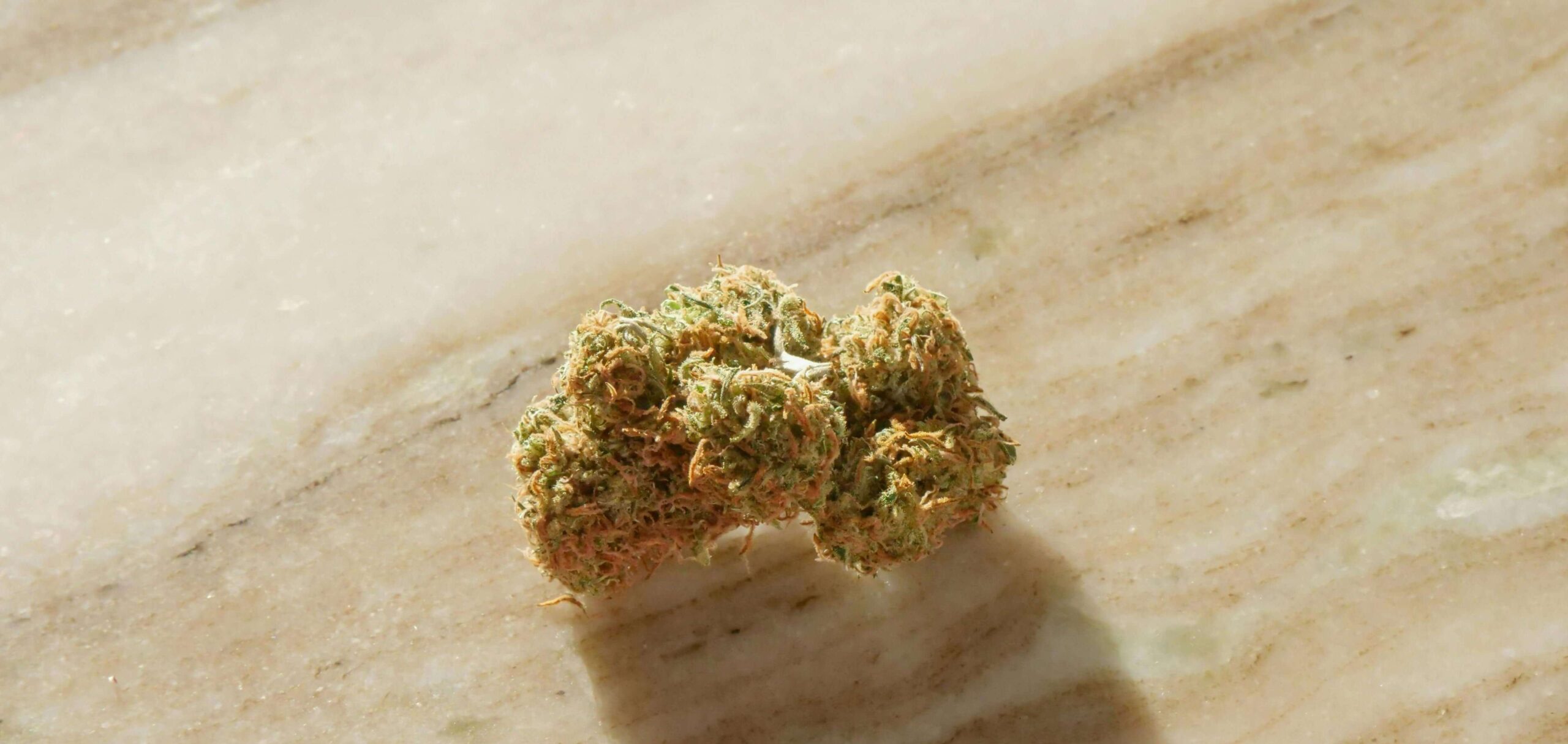
The Massachusetts Cannabis Control Commission (CCC) has recently implemented significant changes to the standards for testing cannabis flower, and these updates are poised to affect how THC percentages are reported on menus across the state. Here, we’ll break down what these changes entail and what they mean for customers looking to make informed choices about their cannabis purchases.
The CCC has made two major adjustments to cannabis flower testing protocols:
These changes are aimed at providing more accurate and standardized information about the potency of cannabis products.
Previously, water correction was a common practice in the cannabis industry. This method involved measuring the moisture content in cannabis buds and adjusting the cannabinoid percentage as if the flower had zero moisture. Essentially, this would “boost” the reported percentage of cannabinoids, such as THC, making the product appear more potent than it might be in its natural state.
With the elimination of water correction, the reported THC percentages will now reflect the actual cannabinoid content of the flower, taking into account its natural moisture level. This move is intended to provide a more realistic representation of the product’s potency.
The CCC has also revised the formula used to calculate Total THC. The new formula is:
Total THC=88.5%×THCa+Δ9THC
Under this formula, the calculated Total THC is generally expected to be 10-12% lower than what consumers are accustomed to seeing. This is because the new method accounts more accurately for the actual chemical composition of the cannabis flower, providing a clearer picture of its true potency.
For cannabis consumers in Massachusetts, these changes will have several implications:
While THC percentages are a crucial aspect of understanding cannabis potency, they are not the sole factor influencing the overall experience of consuming cannabis flower. Terpenes, the aromatic compounds found in cannabis and many other plants, play a significant role in shaping the effects and flavor profiles of different strains.
Terpenes are responsible for the distinctive scents of cannabis, ranging from the citrusy aroma of limonene to the earthy scent of myrcene. Beyond their olfactory contributions, terpenes interact with cannabinoids like THC and CBD in what is known as the “entourage effect.” This interaction can enhance or modify the effects of the cannabinoids, leading to a more nuanced and individualized experience.
Here are a few common terpenes and their potential effects:
Understanding the terpene profile of a cannabis strain can guide consumers in selecting products that align with their desired effects, whether it’s relaxation, focus, pain relief, or mood enhancement. Therefore, while the new testing standards provide more accurate THC percentages, paying attention to the terpene content can further enhance your cannabis experience.
The recent changes to cannabis flower testing in Massachusetts mark a significant step toward greater accuracy and transparency in the industry. As customers adjust to seeing potentially lower THC percentages on menus, they can take comfort in knowing that these figures are a more truthful representation of the product’s potency. Whether you’re a seasoned cannabis enthusiast or a new user, these updates will help you make better-informed decisions about your cannabis consumption.
Stay tuned for more updates and insights as we continue to navigate the evolving landscape of cannabis in Massachusetts.
985 Plain St
Marshfield, MA 02050
(781) 882-6101
